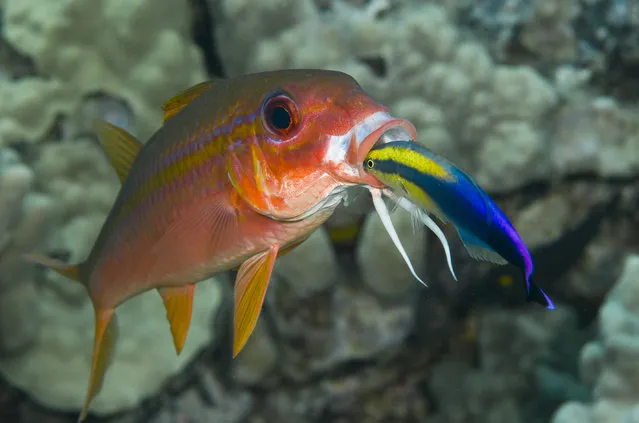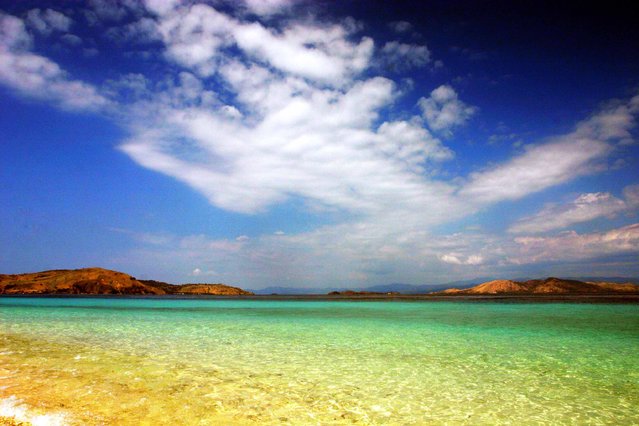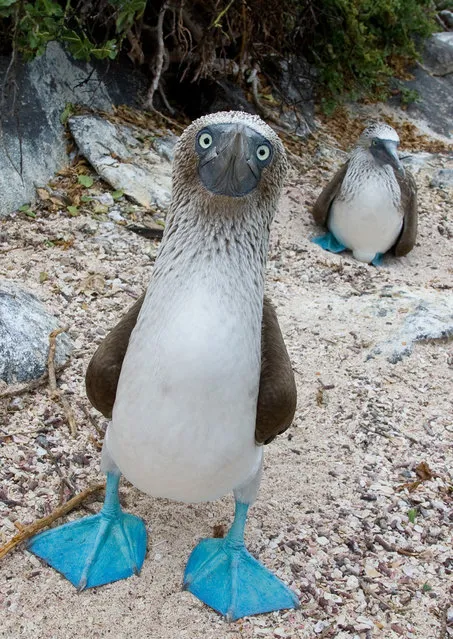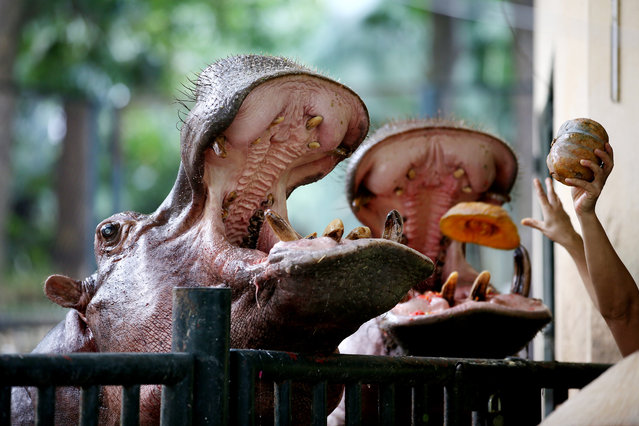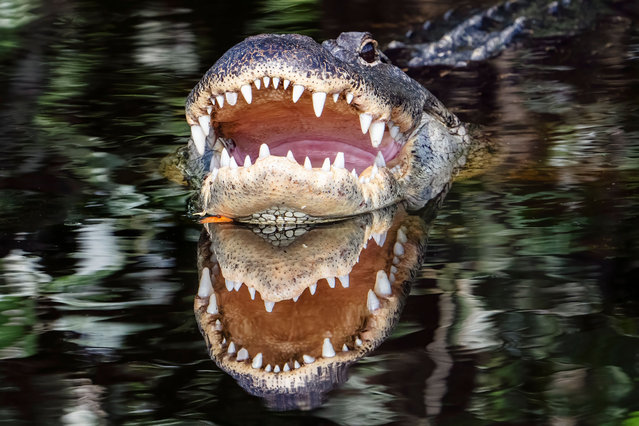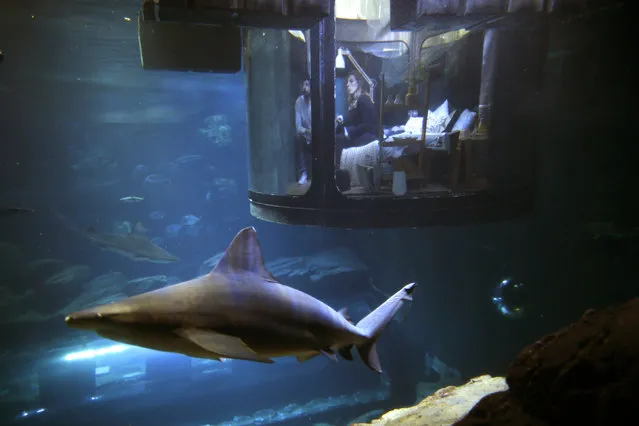
People look at sharks from an underwater room structure installed in the Aquarium of Paris, France, March 14, 2016. Airbnb and the Aquarium of Paris offer contest winners a night underwater sleeping with sharks and create a research platform for “misunderstood” shark species. (Photo by Charles Platiau/Reuters)
30 Mar 2016 11:20:00,post received
0 comments

